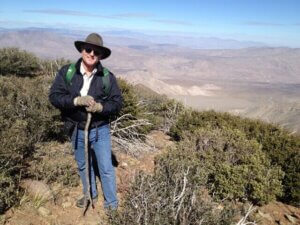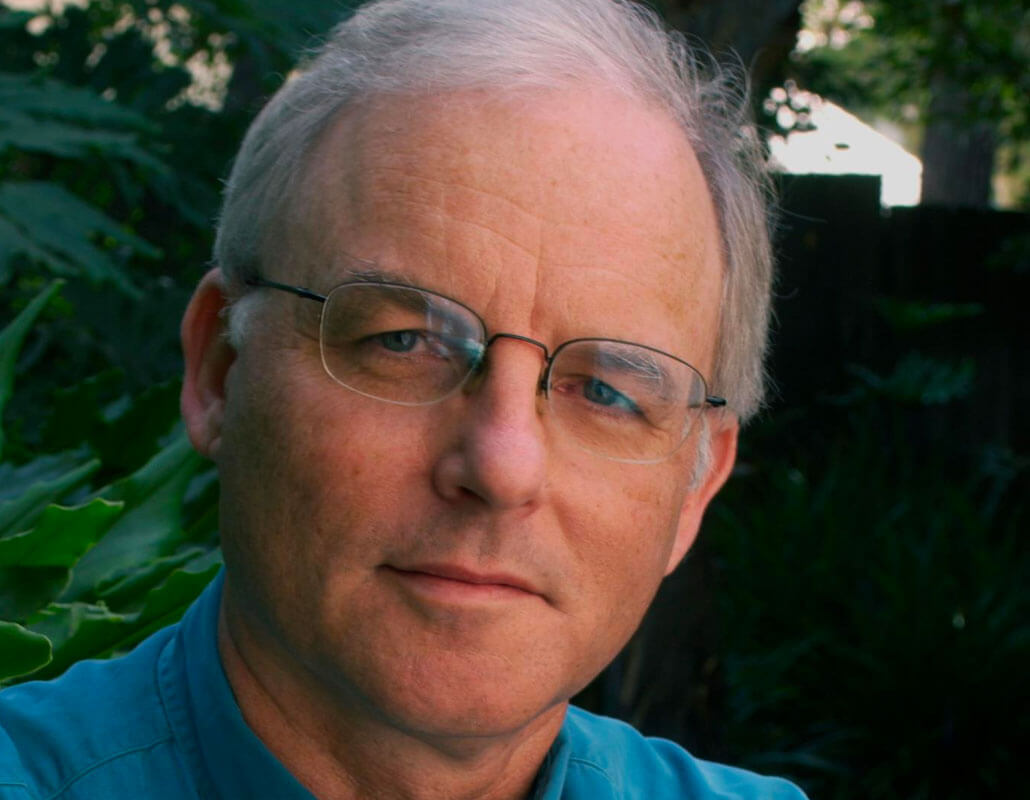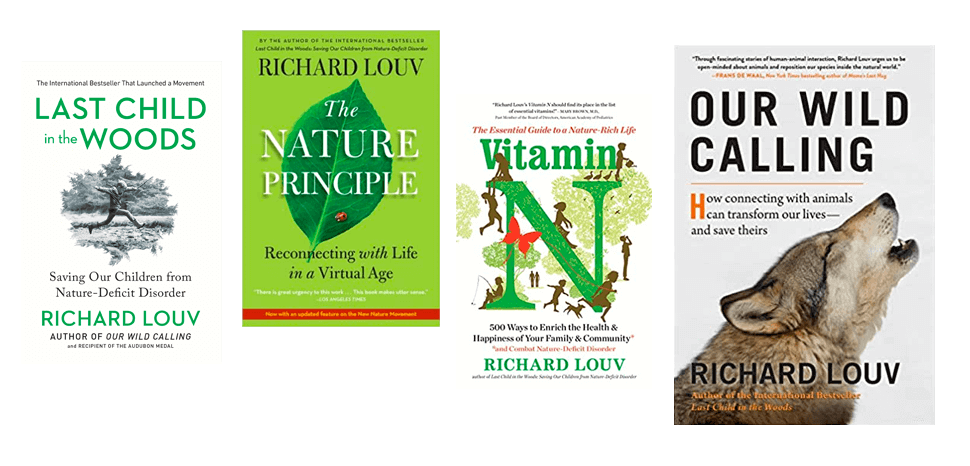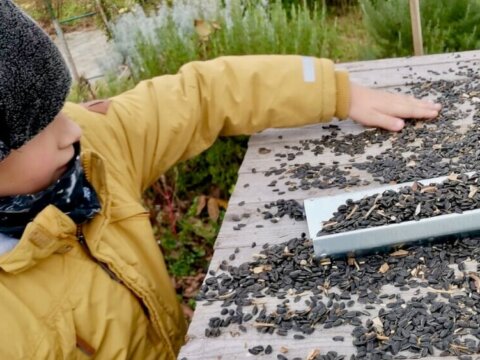IF YOU CAN’T LIVE IN THE LAND YOU LOVE, LOVE THE LAND YOU’RE IN: Searching for Authenticity in a Virtual World
“You can’t know who you are until you know where you are.” —Wendell Berry.
My wife, Kathy, was raised in San Diego. I moved here from Kansas in 1971, just out of college. She had spent little time exploring the natural habitats of this region, and I viewed it as a resort city, beautiful in its way, but I missed the green woods and plains of the Midwest. So when I looked for nature here, I saw less than met the eye.
For years, we were restless. We bored our friends with all our talk of moving, of finding our one true place. We even bored ourselves. One day Kathy said, “Our tombstones are going to say, ‘We’re moving.’

Today, I feel differently. I may never bond to this region as I did to the woods behind my boyhood home, and who knows, we may yet move. But I no longer have quite the same reaction when people ask me where I am from. In the past, I might have said Kansas or Missouri. But now I say that California is my home.
Given a chance, I will tell them about the richness of my region, and the strangeness and beauty born from its biodiversity. I will tell them of our nascent sense of natural purpose.
What if urban regions across the country, or world, fully exploited – in the best sense of that word – their natural history? What if our museums, the zoo, the universities, media, business and government were to perceive, preserve and market our regions in a new way? We are more than beaches, zoo or sunshine. Yes, our county is one of the most densely human-populated places in the United States, but it also is rich with species, the most biodiverse county in the lower 48 states.
Here is a land of microclimates, of ring-tailed cats and mountain lions, condors, whales, sea turtles, great white sharks, waterspouts and firestorms. Anza-Borrego and Pacific; Cuyamaca, Laguna, Palomar. Our mountains hold canyons so deep and yawning that when we camp in them in midsummer, we can awake in the morning shivering in frost. In hidden streams, a diminutive Adam or Eve may still swim, the genetic remnants of the founder rainbow trout that migrated north thousands of years ago to populate, with human help, so much of the world. In Northern Baja, also part of this region, isolated sky islands just above the clouds; there, life remains “a relic of the Pleistocene,” as one biologist describes it, “Ethereal … primeval.”
I had no clue how otherworldly my adopted corner of the world was, until, as a journalist, I made it my job to dig deeper. Until then, I had place blindness.
Perhaps I was afraid to attach to this place because of the pace of human change. But today, development has slowed, and we have a chance to fully realize our home as one of the unique bioregions in the world. When I describe my home now, I point to local efforts to create natural corridors for animal migration, protect endangered species, produce more local food, and green our schools and neighborhoods. I tell about our river conservancies and Mission Trails Park and San Diego Canyonlands, a farsighted group working to dedicate 10,000 acres of our unique topology of urban canyons as a Regional Canyonlands Park. I describe the San Diego Children in Nature Collaborative, one of America’s leading campaigns to connect children to nature. I point to our expanding network of family nature clubs.
And I tell the stories of how nurturing this strange new land has been for my sons. To them, this land is home. This land is part of who they are.
Meanwhile, Kathy and I work to reduce our own nature-deficit disorder. If you can’t live in the land you love, love the land you’re in.*
In an increasingly fabricated culture, we yearn for authenticity. The more high-tech our lives become, the more nature we will need. So the value of nature will, or should, grow. If we honor this hunger and the place we live, our sense of regional and individual identity will be shaped as much by natural history as it is by human history.
* With apologies to Crosby, Stills, Nash & Young. The song’s original phrase was “If you can’t be with the one you love, love the one you’re with.”
The Purposeful Place: A Video from the Conversations on Beauty series, sponsored by the Ilan-Lael Foundation, an arts education foundation, inspired by artist James T. Hubbell.
-
Network News
POLICY UPDATE: Policy and advocacy for the children and nature movement
-
Voices
Binoculars, bald eagles and my journey as a Black birder
-
Richard Louv
THE WONDER BOWL: Ten Spring and Summer Nature Activities for Kids and Adults
-
Network News
Minneapolis Spotlight: The promise and possibilities of parks for youth
-
Voices
Why nature is my motherhood ally







Commentaries on the C&NN website are offered to share diverse points-of-view from the global children and nature movement and to encourage new thinking and debate. The views and opinions expressed are those of the author(s) and do not necessarily reflect the position of C&NN. C&NN does not officially endorse every statement, report or product mentioned.